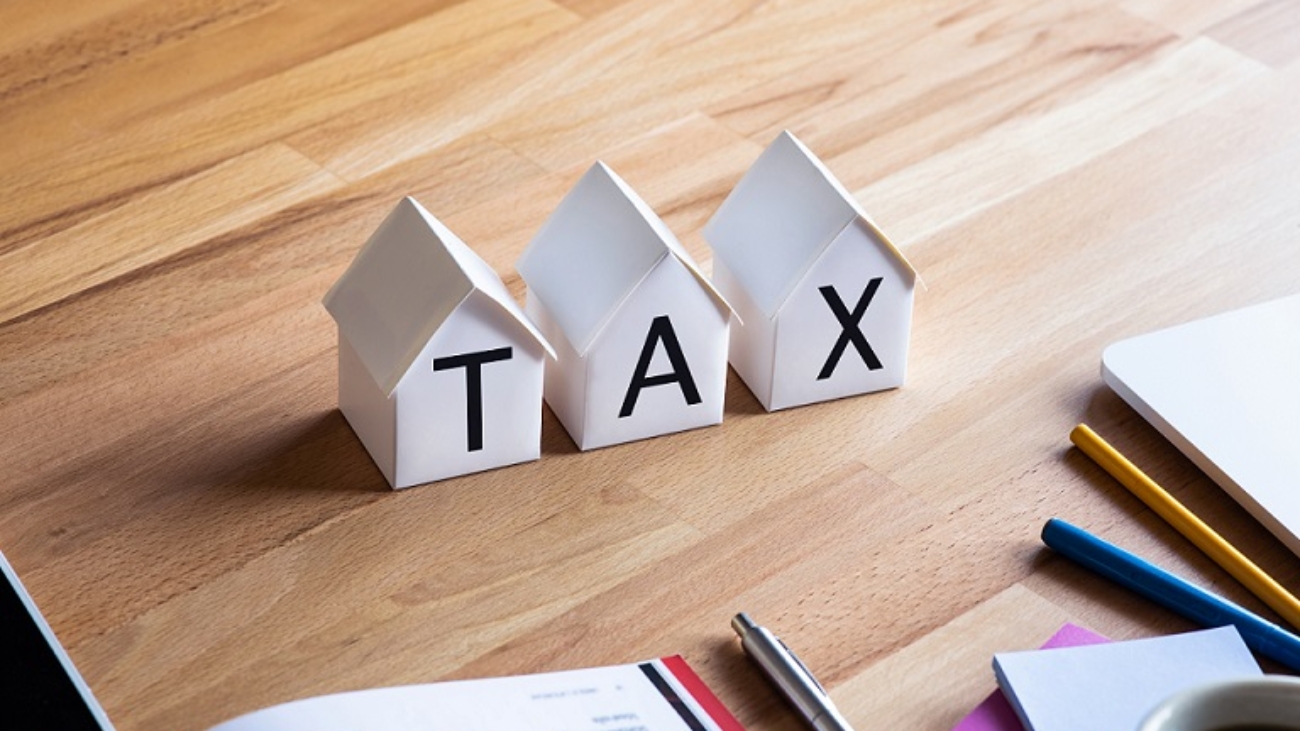
Simply put, depreciation is the act of a fixed asset losing value over time. It occurs in all acquired entities.
The nature of this ongoing prospect in terms of an investment property precludes depreciation solely for end-of-financial year prioritising.
Rather, a concerted financial planning approach and effort ensures that your investment and deprecation remain a cohesive unit.
Fast facts
—Depreciation is not a tax-time issue – organise a depreciation schedule as soon as an investment property settles to gain immediate tax deductions.
—Use a depreciation schedule as a tool for calculating future costs and minimising them.
—Items valued below $300 can be written off immediately, while assets that have an opening value below $1,000 in the year of acquisition can be added to a low-value pool.
The art of anticipation
Industry leaders, such as the Executive Chairman of Raine & Horne, Angus Raine, offer sound depreciation advice: “As soon as you settle on a property that you plan to use for investment purposes, seek out the advice of a depreciation specialist such as a quantity surveyor, who can use their knowledge of depreciation legislation to maximise deductions for partial-year periods as well.”
Mr Raine adds that the depreciation potential of a property is often a factor in an investor’s decision to acquire a rental property.
“A depreciation estimate obtained prior to purchase can help investors when budgeting for their new investment. This is because the deductions for wear and tear can assist with minimising the costs involved in owning an investment property,” Mr Raine says.
Act fast to capitalise on potential
Quantity surveying firm BMT Tax Depreciation suggests that investors take swift action. According to BMT’s research, even if an investment property is owned for just 20 days, an investor could potentially claim around $3,834 in deductions in the first financial year alone.
The Chief Executive Officer of BMT, Bradley Beer, says deprecation specialists will utilise the latest methods of calculating the wear and tear on a property, regardless of how long it’s been owned and rented.
“A comprehensive depreciation schedule will incorporate methods such as immediate write-off and low-value pooling to maximise deductions for a shorter period of ownership,” says Mr Beer.
“By requesting a depreciation schedule as soon as a property settlement is finalised, investors can recoup some of the costs and provide an immediate boost to their cash flow,” he adds.















